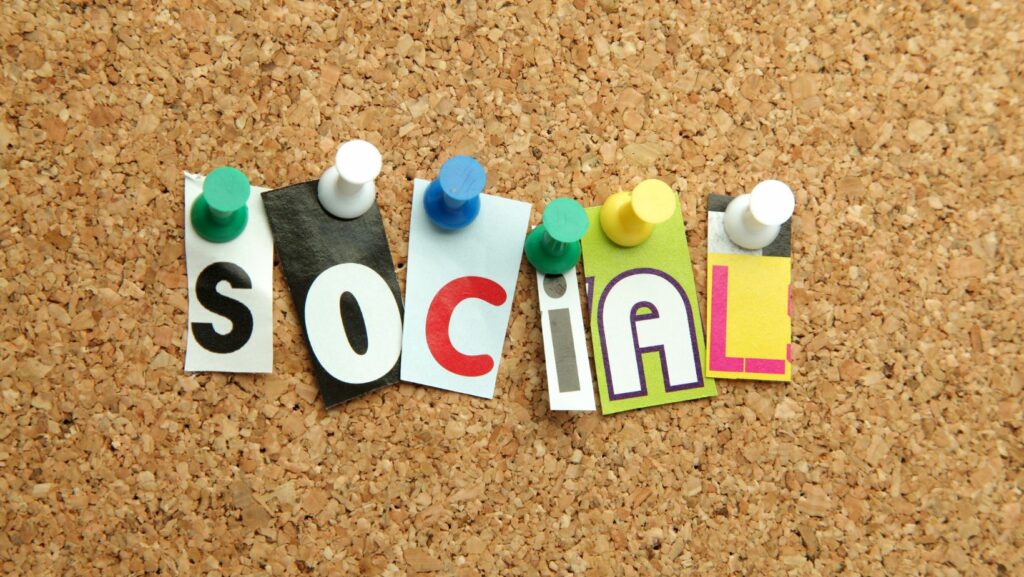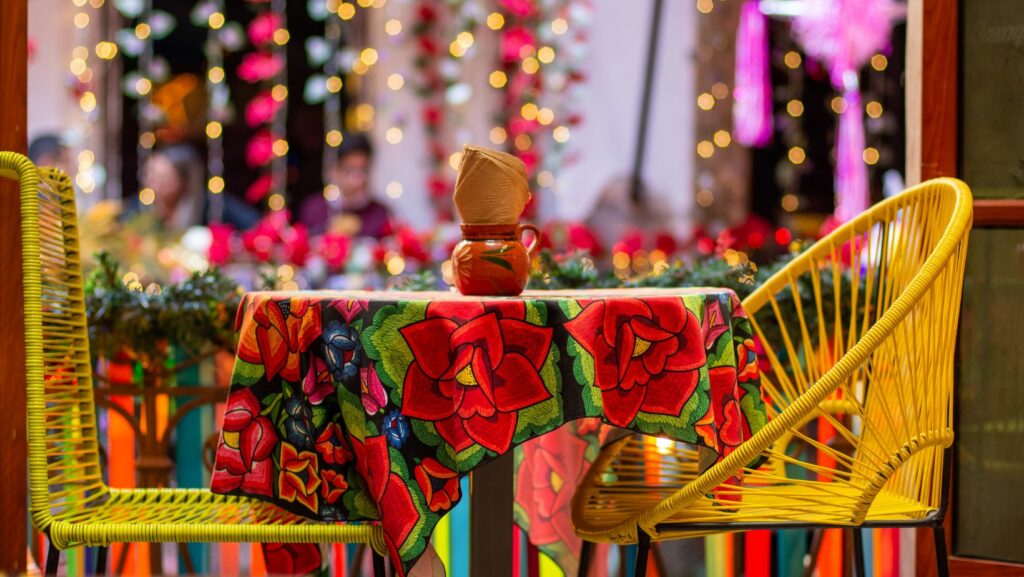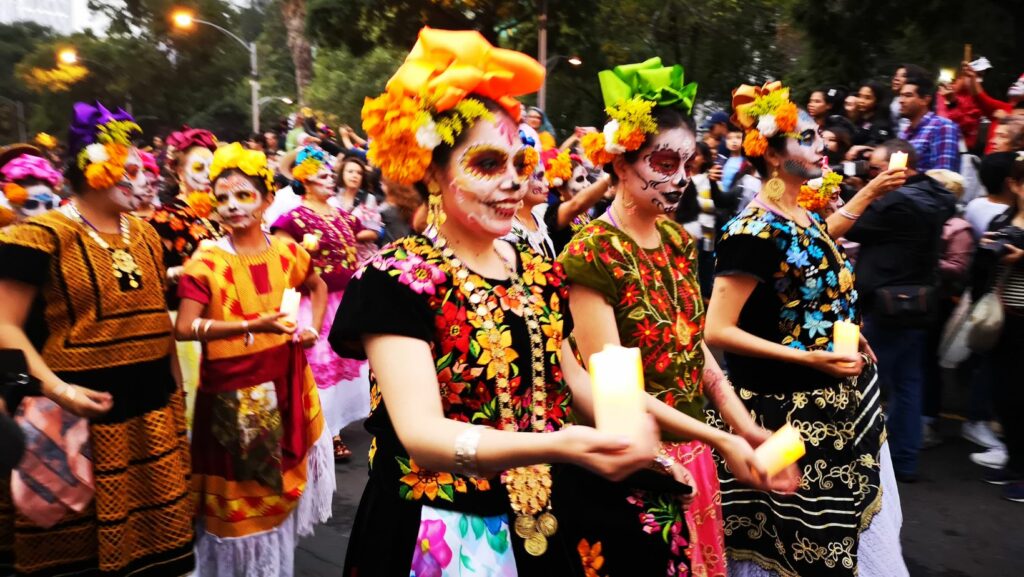Social Culture Art
Social culture art encompasses a wide array of artistic expressions that reflect the values, beliefs, and customs of a society. It involves the creation of visual, auditory, or performance-based works that embed cultural elements and societal commentary. This art form serves as a mirror to society, capturing the essence of human experiences within a particular cultural context.
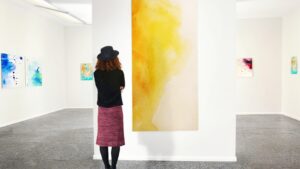
From paintings and sculptures to music and dance performances, social culture art offers a platform for artists to delve into the intricacies of community life and represent them through creative mediums. By addressing themes such as identity, diversity, and societal norms, social culture art prompts viewers to reflect on their own beliefs and perceptions, fostering a deeper understanding of the world around them.
The evolution of social culture art can be traced back through centuries of human civilization. From ancient cave paintings depicting daily life to Renaissance artworks portraying religious and societal themes, art has always been intertwined with cultural contexts. As societies progressed, art evolved to mirror the changing dynamics of human interactions and societal structures. Movements such as Romanticism, Realism, and Modernism introduced new ways of interpreting cultural values and societal norms through artistic expressions. In contemporary times, social culture art continues to adapt to the complexities of a globalized world, incorporating digital media, performance art, and interactive installations to engage with diverse audiences. This evolution signifies the enduring relevance of art as a powerful tool for reflecting, critiquing, and shaping the social fabric of our communities.
Key Influences on Social Culture Art
Political and social movements have played a significant role in shaping social culture art throughout history. Artists often use their creations to reflect or respond to societal issues, political events, and cultural changes.
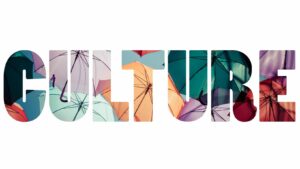
For example, during the civil rights movements in the 1960s, artists created powerful visual representations that addressed racial inequality and social justice issues. These artworks not only captured the spirit of the movements but also served as catalysts for change by raising awareness and sparking conversations within communities.
Technology and media have revolutionized the way social culture art is created, distributed, and interpreted. The advent of digital platforms and social media has democratized art, allowing artists to reach a global audience instantly. Artists now use digital tools and multimedia formats to explore new artistic expressions and engage with diverse communities worldwide. Virtual art exhibitions, online galleries, and interactive installations have expanded the boundaries of social culture art, blurring the lines between physical and digital realities. In this digital age, technology continues to influence the evolution of social culture art, shaping how artists connect with audiences and navigate cultural landscapes.
Prominent Artists and Their Contributions
- Diego Rivera – Known for his murals that depicted social issues and Mexican culture, Diego Rivera’s art resonated with the working class.
- Frida Kahlo – Frida Kahlo’s self-portraits often reflected her struggles with identity, gender, and societal expectations, making her a prominent figure in social culture art.
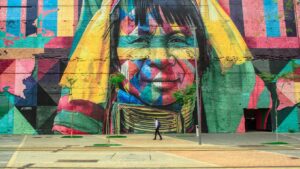
- Zora Neale Hurston – A key figure in the Harlem Renaissance, Zora Neale Hurston’s literary works captured the experiences and traditions of African American culture, influencing social culture art.
- Ai Weiwei – Ai Weiwei’s provocative installations and social media activism challenge political and societal norms, making him a significant contemporary social culture artist.
- Kara Walker – Through her striking silhouettes and explorations of race, gender, and power dynamics, Kara Walker provokes discussions on social issues within her art.
- JR – JR’s large-scale public art projects often tackle themes of identity, displacement, and social justice, engaging communities worldwide in conversations about current issues through art.
Social culture art serves as a powerful mirror reflecting societal values and sparking crucial conversations on identity, diversity, and social issues. Influenced by political movements and technological advancements, artists like Diego Rivera, Frida Kahlo, JR, Zora Neale Hurston, Ai Weiwei, and Kara Walker continue to push boundaries, provoking emotions and inciting change. As the art world evolves, themes of environmental sustainability, social justice, and mental health awareness are gaining prominence.

